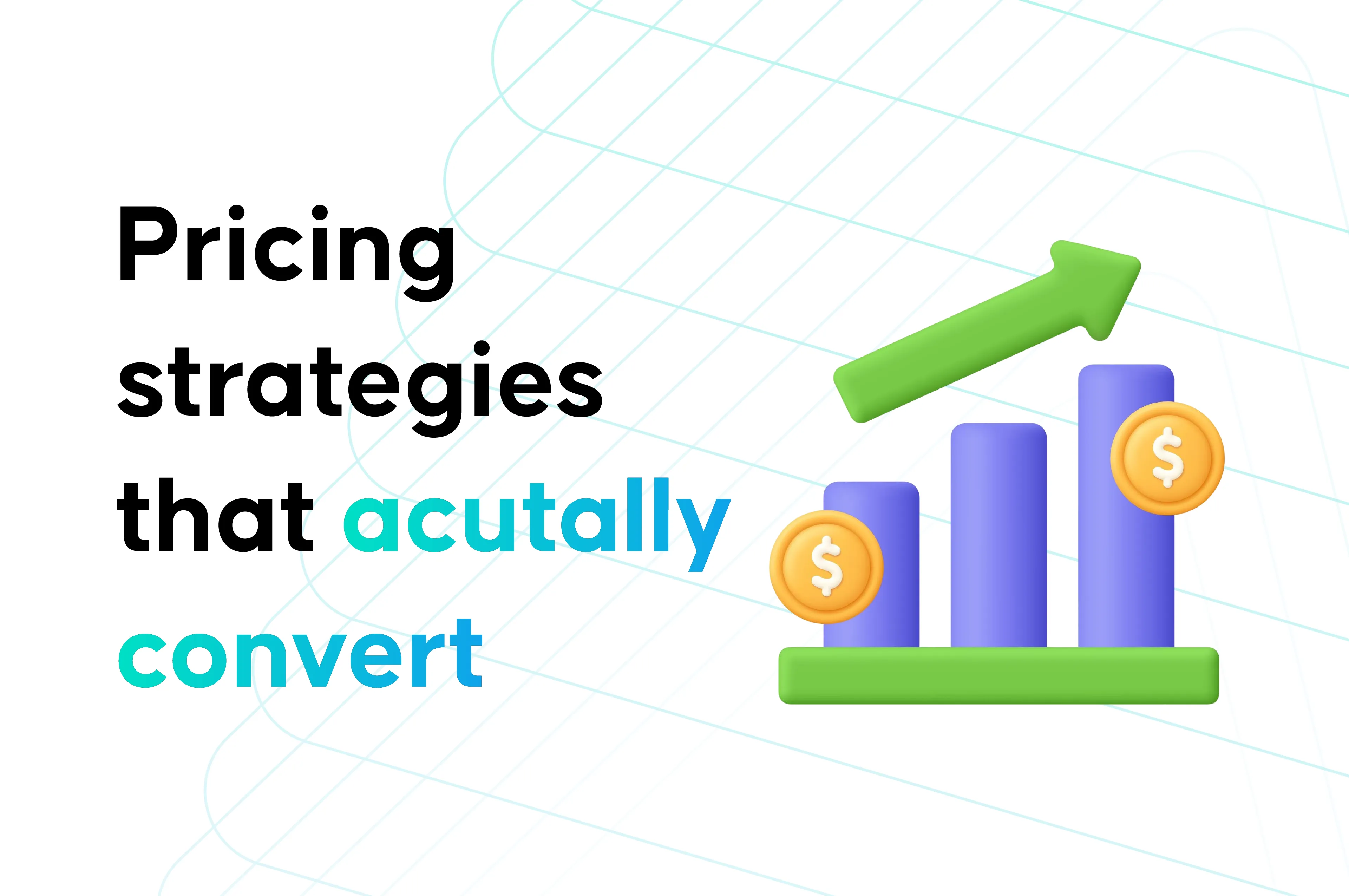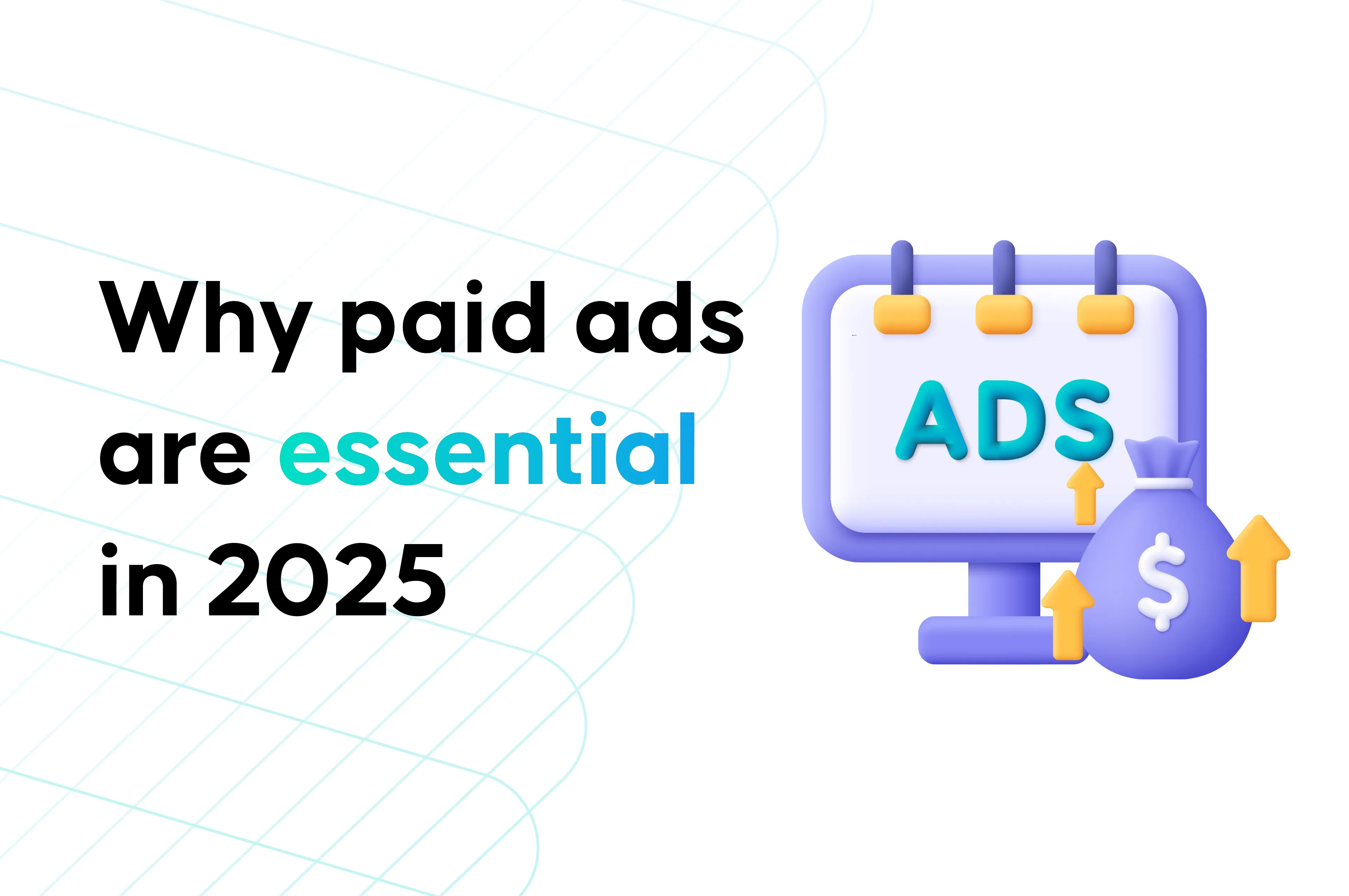OpenAI launches new internet browser - here’s what you need to know
OpenAI is taking the internet experience to a new level with the introduction of Atlas, a browser that puts artificial intelligence at the center. The company aims to compete with tech giants such as Google and its largest investor, Microsoft, while rethinking how we browse the web.
ChatGPT in the new browser
One of the most important innovations in Atlas is that ChatGPT is built directly into the browser. This allows users to ask the chatbot questions in real time, alongside the pages they have open. According to OpenAI, this not only makes browsing more convenient, but also offers new ways to process and understand information.
"Agent Mode": AI that acts on your behalf
The company also introduced a feature called "agent mode," which allows artificial intelligence to take control of the mouse and keyboard. With this, AI can, for example, book airline tickets, conduct research, or automate tasks based on user instructions.
First coming to Mac, later to Windows and mobile
Atlas will first be available to Mac users, but OpenAI is already working on versions for Windows and mobile platforms.
The company's CEO, Sam Altman, said:
"We believe that AI offers a once-in-a-decade opportunity to rethink what a browser really is and how to use the web in the most productive and enjoyable way."
ChatGPT as a personal "life operating system"
According to OpenAI, ChatGPT could become a full-fledged personal assistant in the future, helping with everyday tasks and achieving long-term goals. As Fidji Simo, head of OpenAI's applications division, put it:
"Over time, ChatGPT could become an operating system for life — a connected hub that helps you organize your day and achieve your dreams."
A new challenge for big tech companies
The launch of Atlas could pose a serious challenge to Google, whose leading role in the internet search and browser market has been unquestionable until now. Following the news, Google's shares fell 3%, while Microsoft's fell less than 1%.
Meanwhile, Google has integrated its own Gemini chatbot into the Chrome browser, and Microsoft has built AI Copilot mode into Edge.
Summary
OpenAI's Atlas browser sends a clear message: the browsers of the future will not just be windows to the internet, but intelligent partners in our daily tasks. If OpenAI's strategy works, Atlas could usher in a new era of internet use — one where AI not only helps us, but actively collaborates with us.



